Peer-to-peer, engineer-to-engineer questions and answers from the EDABoard.com engineering community around power electronics. Click the “Read more” link and follow the entire conversation and maybe add your two cents by logging in to EDAboard.com
MOSFET running at high temperature – In our 180W LED driver, the SPB07N60C3 MOSFET was running with degrees measured on its tab. We wonder how long it could survive at this temperature and whether much internal damage will be done? The datasheet says it can operate at up to 150°C…so presumably there is no wear-out mechanism up to 150°C? Read more
Driving two triacs with one triac driver – I had made a circuit in which a set of 4 halogen lamps were driven by a triac ( to control dimming). However, it resulted in frequent triac burnouts( even though the current takes only 15A and the triac is rated for 40 ). I have now redone the circuit with two triacs, each driving 2 lamps. This would not result in any burnout. Read more
Bridgeless totem pole power factor correction is not common – The boss has asked me to evaluate a Bridgeless Totem Pole PFC (BTP-PFC) stage for our 1kW Offline Battery chargers. However, recently I had to reverse engineer loads of Off-the-shelf offline battery chargers to 3Kw , and none contained a BTP-PFC. I am convinced there’s something of a trick question going on here, …its like the PFC’d resonant CUK converter that was supposed to do Vout regulation and PFC in a single stage, but it never took off. What is the snag with the BTP-PFC? Read more
SMPS regulation Zeners – I am currently working on this SMPS which works perfectly except the regulation part. I found a schematic on the internet that is almost identical to mine but the voltage is not 380VDC but 220VDC. The problem I have is I need to regulate the voltage to 380V and I used 3 diodes of 1.3W each 2 180V and 1 20V to achieve that, with the same optocoupler. Read more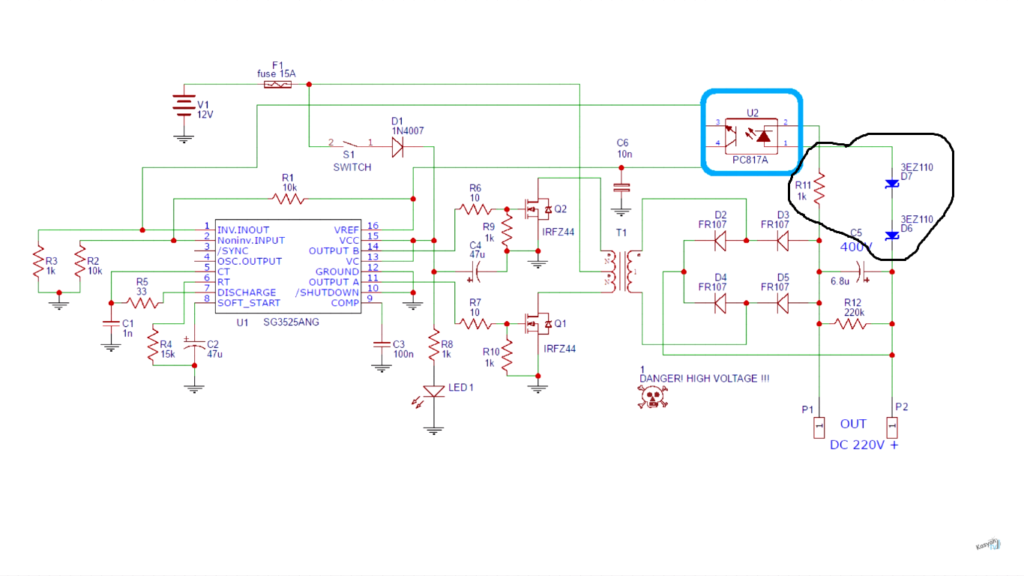 Start up oscillations on a DC to DC converter. Why? – I am working on repairing a DC to DC converter that produces an output of +15V and -15V DC from a 24V DC input. When I apply a 24V DC input to the DC to DC converter unit I am expecting to get a flat +15V/-15V output. However, when this unit starts up it produces some oscillations for a short while before giving a flat +15V/-15V output. Read more
Start up oscillations on a DC to DC converter. Why? – I am working on repairing a DC to DC converter that produces an output of +15V and -15V DC from a 24V DC input. When I apply a 24V DC input to the DC to DC converter unit I am expecting to get a flat +15V/-15V output. However, when this unit starts up it produces some oscillations for a short while before giving a flat +15V/-15V output. Read more
1kW off-line SMPS claims, NO PFC – This video is claiming at 11:33 that he got 1 kW output power with the schematic shown at 11:50. It is hard for me to believe since there is no PFC. Without PFC, the C4 and C3 RMS currents are so large that would blow them up. Moreover, in the PCB there is no heat sinking nor space for its inclusion. Furthermore, at 11:33, when she mentions the 1kW power, she states that in order to get the 1kW she added a “limiter follower”, short circuit protection, overvoltage protection, and smooth startup via relay… Nothing about power dissipation improvements. Does somebody think this can happen like the video is stating? Read more
TVS for 5V power supply? – What breakdown voltage do I need for protecting 5V power supply with TVS diode? Is 6.8V breakdown too low? Or good enough? Read more
PWM generation using SG3525 – I have created a simple PWM circuit using SG3525 to achieve 50% or more duty cycle. However, the duty cycle gets saturated at only 30%( I have initially shorted the pin 1 and pin 9). Now when I have grounded pin 9, it results in a sinusoidal output. Please tell me how to connect pin 9 and pin1 properly to achieve 50% or more duty cycle and such that I can even control my duty cycle. Read more
Brushless DC motor question – What type of output we will get in Field oriented control in motor control? How should the output currents and voltages look like? How do you know the amplitude of voltage waveform by inputs? Read more
Maximum power point in solar converter – In solar converters, the maximum power point is simply referring to the current drawn from a solar panel, above which there is no more delivered power from the solar panel (to the load, eg battery) if the current is increased from that level. Do you agree? Read more



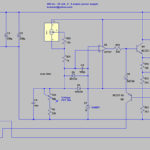
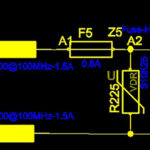
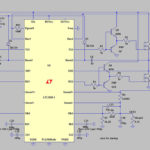
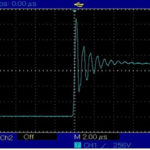
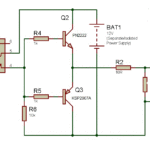
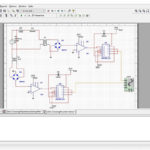

Leave a Reply